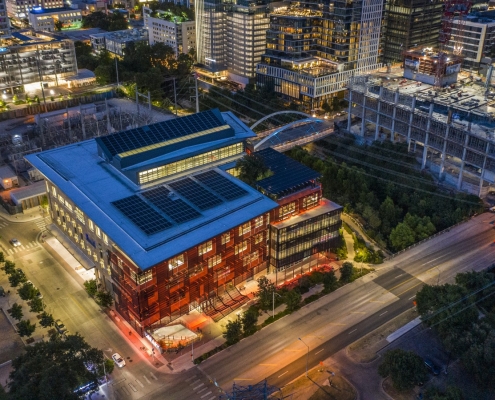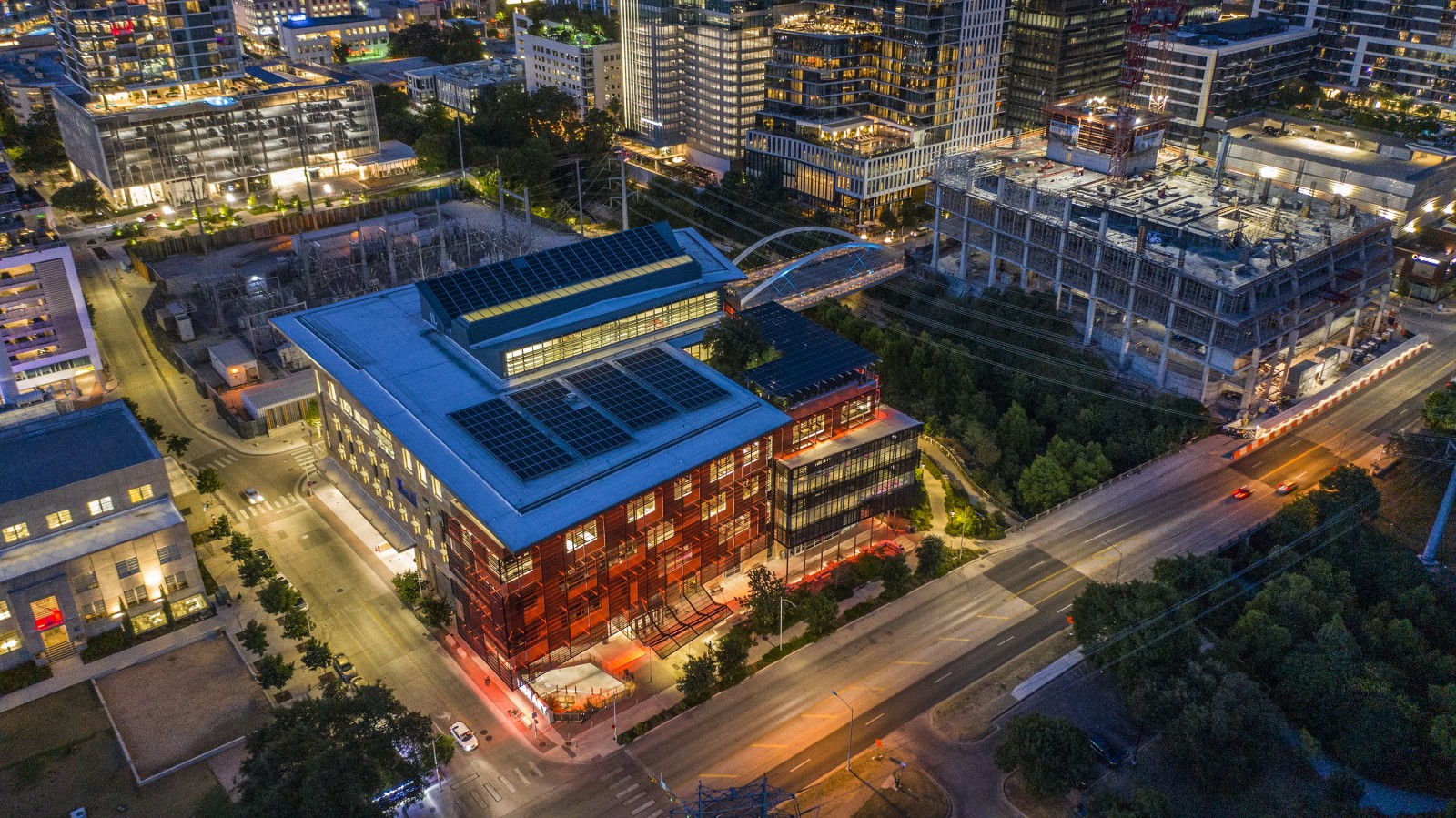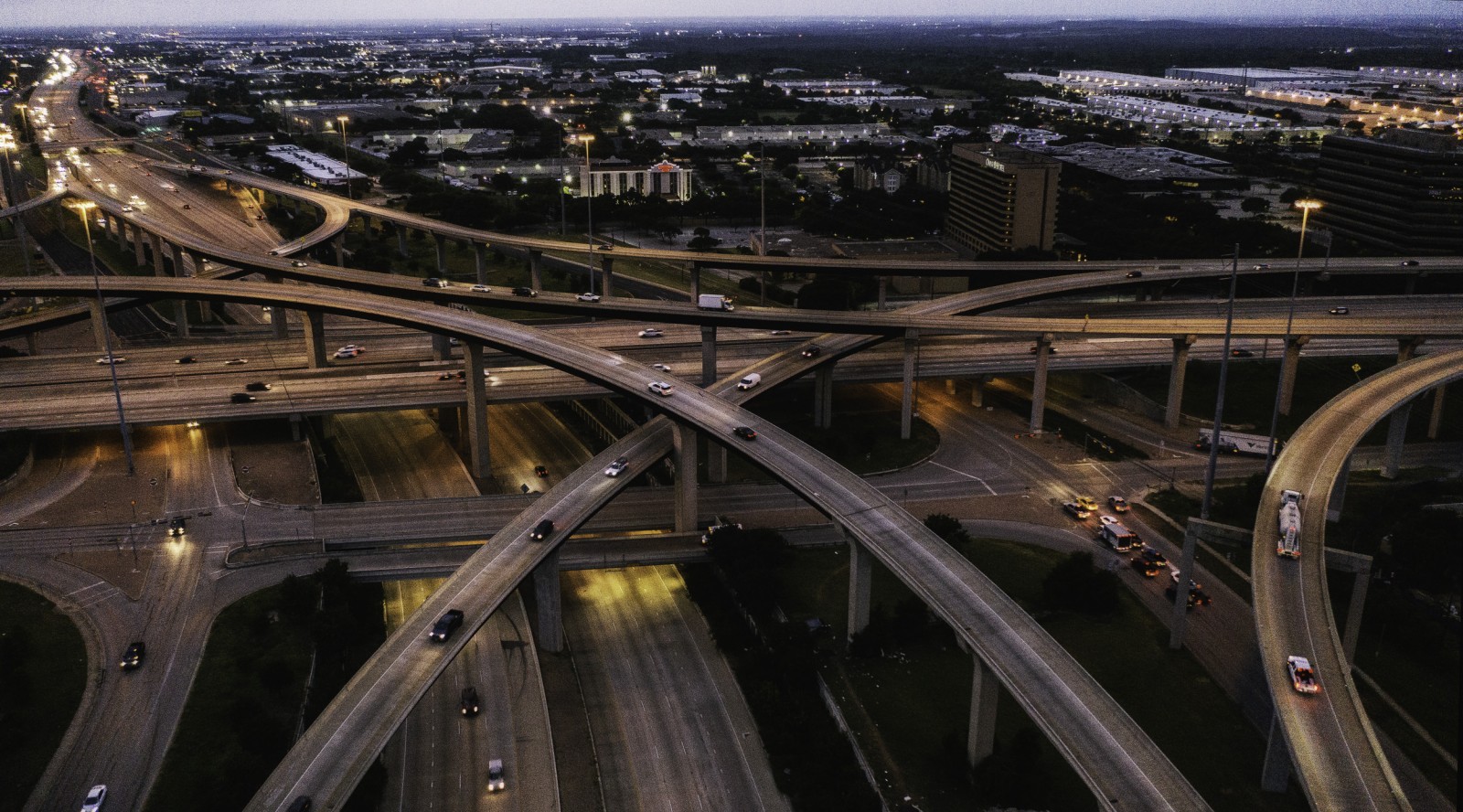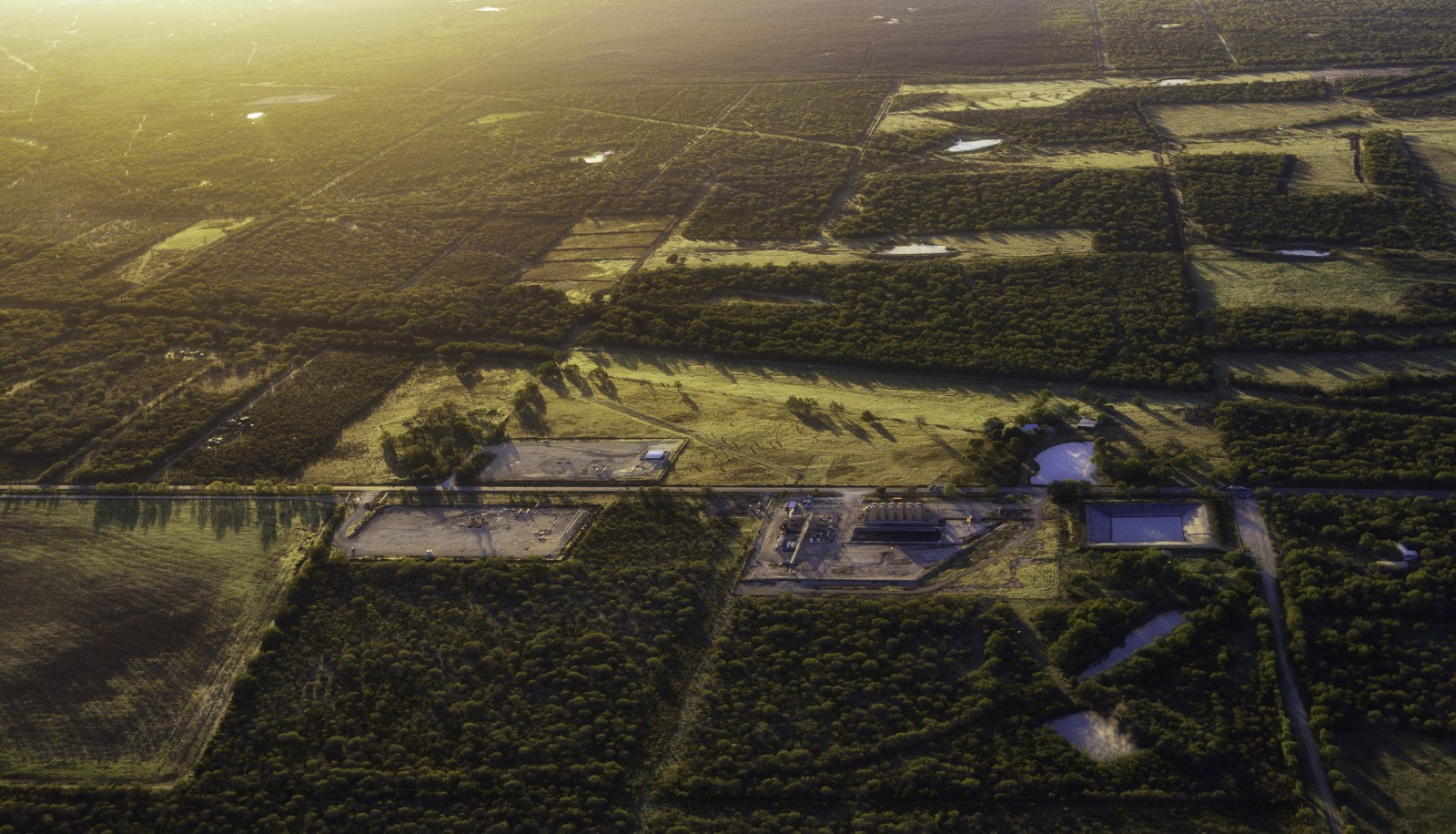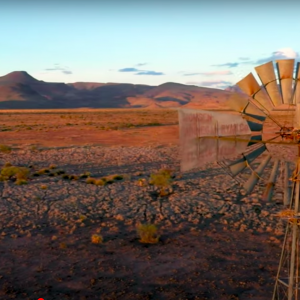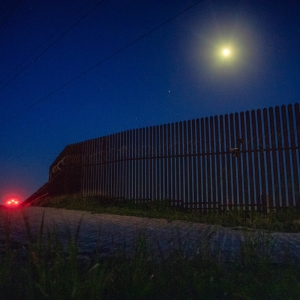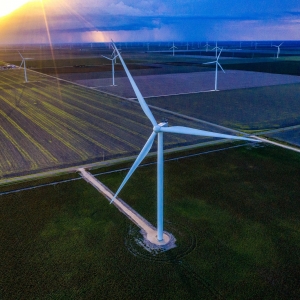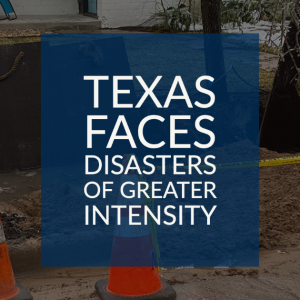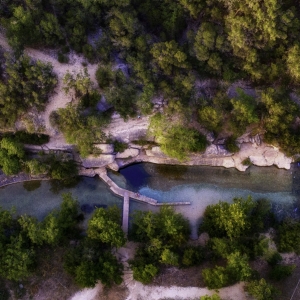 https://www.circleofblue.org/wp-content/uploads/2020/07/20200729_DRONE_JACOBS_WELL_142-Edit-2500-2-1.jpg
899
1600
Keith Schneider
https://www.circleofblue.org/wp-content/uploads/2018/06/Circle-of-Blue-Water-Speaks-600x139.png
Keith Schneider2020-08-03 06:01:572022-07-08 16:49:24When It Rains, Texas Forgets Drought and Worsening Water Scarcity
https://www.circleofblue.org/wp-content/uploads/2020/07/20200729_DRONE_JACOBS_WELL_142-Edit-2500-2-1.jpg
899
1600
Keith Schneider
https://www.circleofblue.org/wp-content/uploads/2018/06/Circle-of-Blue-Water-Speaks-600x139.png
Keith Schneider2020-08-03 06:01:572022-07-08 16:49:24When It Rains, Texas Forgets Drought and Worsening Water ScarcityThree Thirsty Texas Cities Are Global Leaders in Water Innovation
Austin, El Paso, and San Antonio Prepared for Growth and Drought
August 17, 2020
By Keith Schneider
Circle of Blue
SAN ANTONIO – Emily Dickinson once wrote that “water is taught by thirst.” In Texas, a state that knows no bounds of economic ambition but is regularly disciplined by deep droughts, water is indeed taught by thirst. That is especially true in three big Texas cities that are globally significant innovators in water planning, technology, and use.
Austin adopted a 100-year water plan in 2018 that essentially calls for conservation and recycling programs so advanced that the city anticipates supplying a healthy share of its future water demand in the fast-growing city by reengineering its water system as a water collection and recycling loop. The city intends to draw every gallon it can from existing reservoirs, and add rain from roofs, condensate from air conditioners, stormwater, drains, even toilets.
All of it will be recycled and used again and again.
One of the city’s showcase projects is a brand new municipal building, still under construction, that will include onsite recycling features, including treating wastewater from toilets to be recycled back into the building for flushing toilets and urinals.
El Paso cut its per capita water consumption from 205 gallons daily 30 years ago to 129 gallons today. Some of the conservation practices adopted early by the city have become standard across the state. El Paso Water subsidized replacing water-wasting bathroom fixtures and toilets, passed local regulations that restricted watering lawns and gardens, and required new developments to be designed and constructed with water savings in mind. The city outfits its inspectors with high-tech listening devices to find and then repair leaks in El Paso’s 2,600 miles of water mains.
And in San Antonio, the second fastest growing city in the country last year, a perennial bestseller since it was released in 2005 is the San Antonio Landscape Care Guide. The 52-page book, published by the San Antonio Water System, is a beautifully photographed how-to manual for planting and managing yards and gardens with water-saving plants fit for the city’s desert climate. The idea is to help homeowners replace their conventional water-thirsty shrubs and trees and grass with water-conserving indigenous species, and to rip out water-wasting home irrigation systems.
The book’s water conservation goals are supported by two new assets. The first is Garden Style San Antonio, a Web site that explains how planting gardens and landscaping yards with desert flowers and shrubs leads to significant savings in monthly water bills.
The second is a program to subsidize the distribution of water flow sensors, a digital metering and communication device that easily attaches to home water meters and produces real time measurements of water use. The city is promoting a sensor manufactured by Flume, a California technology startup, that uses wireless technology and a smartphone app to transmit water use data directly to homeowners. The device can tell when water is running in the house, and can detect excessive use and leaks. Newer devices under development will take all sorts of other water use measurements including how much water is used in the home for flushing, washing dishes, bathing, and for lawn and garden care. The intent is to encourage families to reduce their demand.
Karen Guz, the director of conservation for the San Antonio Water System, said the 15-month old pilot program has resulted in an average savings of 400 gallons a month per family. The new sensors are a feature of San Antonio’s $5.4 million annual water conservation program that saves 3,000 acre-feet of water annually. That’s 1.5 percent of the city’s 200,000 acre-foot annual demand.
“Look at it this way,” Guz said. “This helps reduce demand for water in a city that has very little rainfall. Over the last 25 years, without conservation, we’d be using 1 billion gallons more a year than we do now. That’s a lot of water.”
More than 8,000 years ago Egypt and Mesopotamia introduced the first durable innovations in water supply and transport by designing and buildings irrigation networks. The Romans perfected transporting water over long distances with elevated aqueducts that relied on gravity. The ancient Chinese introduced conservation as a priority by constructing water canals underground in desert western regions to limit evaporation.
In the centuries since the elements of advancing innovations in water have essentially been the same. Develop more secure supplies. Understand water demand and use. Construct sound water storage and efficient transport networks. Conserve when necessary. Prepare for fierce meteorological disruption in floods and droughts.
The most recent two centuries introduced several more significant innovations. Disinfection and treatment to make drinking water safe, and to reduce contaminants in wastewater. The science of hydrology to understand surface and groundwater supply and movement. Drip irrigation to reduce water consumption in agriculture. Electric and diesel-fueled pumps to either draw water from the ground or move it in pipes and channels.
Texas embraced all of these advances as it grew from a frontier to a contemporary industrial powerhouse, and as it reckoned with fierce swings in meteorological temperament. In Texas deep droughts can be immediately followed by murderous flooding. Yet until quite recently the central goal of state and municipal innovation in water has been to secure and transport over long distances adequate supplies of water for farming, industry, and a steady flow of new residents.
Evolution in State Water Planning
Even in a state bullied by drought and flooding, Texas expressed an uncommonly aggressive attitude of dominion over nature, and its neighboring states, that was characteristically Texan. In 1968 following a deep drought, and two comprehensive federal and state studies that projected severe deficits in water supply, the then 11-year-old Texas Water Development Board proposed a State Water Plan that called for one of the most audacious and expensive engineering and construction projects ever attempted on Earth.
Predicting that the state population would triple by 2020, from 10 million to 30.5 million residents, Texas water planners envisioned building a modern day Roman Empire-scale network of concrete-lined canals, new reservoirs, pumps, and electricity-generating stations spanning most of the state.
The purpose: withdraw 12 million acre-feet of water each year from the Mississippi River near New Orleans (nearly 4 trillion gallons), transport it in concrete-lined canals across Louisiana, use pipelines and canals along the Sabine or Trinity Rivers to direct it uphill to a distribution point near Dallas, and then build 67 new reservoirs, 1,000 more miles of major canals, and new electrical generating stations to power hundreds of pumps.
State authorities insisted that taking so much water from one out-of-state basin and delivering it to many others in-state would irrigate crops in North, West, and South Texas, provide water for industry, and supply Texas’ growing cities for the next 50 years. The estimated cost: $10 billion (over $74 billion in 2020 dollars). The justification: meeting the statewide demand for water that planners anticipated would nearly triple by 2020, from just under 12 million acre-feet annually in the 1960s to 32 million acre-feet.
In the state that managed the nation’s space exploration, the Water Board’s plan was itself a kind of moon launch. Texas proposed a water supply network much larger than existed in California and Arizona, or in China and Australia. The proposed scheme was roughly the same length as the Colorado River, and if built would carry the equivalent of two-thirds of that iconic Rocky Mountain river’s flow…uphill. Planners insisted the scheme would provide “water supplies [that] can be made available at economically supportable costs to provide for diverse municipal and industrial water demands.”
The plan came under fire for its costs and environmental consequences but nevertheless was approved by the state Legislature and former Governor Preston Smith. In August 1969, though, voters rejected a referendum that would have provided $3.5 billion to get the project started.
As time would tell, the project’s planners accurately predicted the increase in state population. Texas has 29.5 million people, 1 million less than was projected in 1968. But they badly missed the anticipated need for water. Texas water demand this year is 18 million acre-feet, 12 million acre-feet less than was anticipated in 1968. In other words, Texas today does not need the water that the immense project was intended to supply.
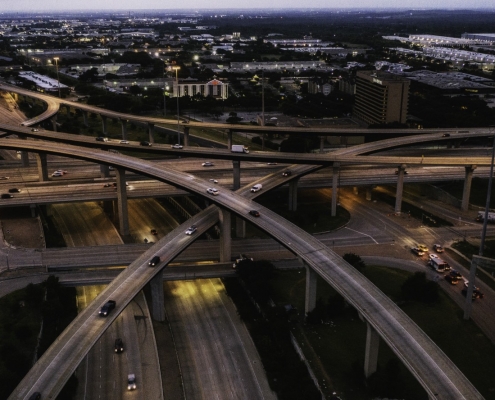
Demand for water in urban centers, including Austin, is higher than any other sector of the Texas economy. By 2070, if demand does not come down, the water needs of Texas cities will grow to 8.4 million acre-feet from 5.2 million acre-feet this year. Due to climate change, dryer conditions, and more competition for available supplies, there is no assurance cities will meet that demand unless they use less water. Photo © Brian Lehmann / Circle of Blue
Demand for water in urban centers, including Austin, is higher than any other sector of the Texas economy. By 2070, if demand does not come down, the water needs of Texas cities will grow to 8.4 million acre-feet from 5.2 million acre-feet this year. Due to climate change, dryer conditions, and more competition for available supplies, there is no assurance cities will meet that demand unless they use less water. Photo © Brian Lehmann / Circle of Blue
More Innovation Yet Uncertain Supply
All sorts of adjustments in water use, conservation, changes in water management practices, science, sensing technology, and the development of a big bench of expertise in Texas accounts for the lower demand. The state has 18 university research centers focused on water, 4,600 water supply and water treatment agencies, and over 5000 corporate campuses interested in water use. Texas also has 248,416 farms and ranches that span 127 million acres, about three-quarters of the state according to the Texas Department of Agriculture. Most of those landowners are intently interested in production practices and equipment that improve and reduce water use. According to state business development figures the annual marketplace for water technology in Texas is nearly $10 billion.
Securing new supplies of water has not stopped being a priority at the Texas Water Development Board. The latest State Water Plan anticipates welcoming roughly 22 million more residents by 2070, and needing well over 3 million acre-feet of water more each year than is currently in demand. The newest State Water Plan also warns that water supplies will fall 1.6 million acre-feet annually in 50 years. In short, there will be many more people and considerably less water in 2070.
Those data points account for why saving water is a much higher priority in the 21st century than it was in the 20th, especially in cities, where the anticipated water shortage is most acute. Demand for water in urban centers, according to the Water Development Board, is higher than any other sector of the Texas economy. By 2070, if demand does not come down, the water needs of Texas cities will grow to 8.4 million acre-feet from 5.2 million acre-feet this year. And due to climate change, dryer conditions, and more competition for available supplies, there is no assurance cities will meet that demand unless they use less water.
El Paso, San Antonio, and Austin have pursued achieving long-term water security with uncommon focus. The practices, technology, and investment the three cities are making to supply and manage water are designed principally to fend off the worst effects of deep droughts. They also have been tested and found to be effective this year in serving residents safe and secure supplies of water during the Covid-19 pandemic.
Like the state plan, the three cities approach the challenge from two directions. The first is securing new supplies. In two cases – El Paso and San Antonio – city utilities bought water rights in distant counties to pump and pipe groundwater to their drinking water plants. In May, San Antonio opened its $1 billion, 142-mile Vista Ridge pipeline and treatment plant to supply the city with 50,000 acre-feet of water annually. The water is supplied by wells drawing from the Carizzo-Wilcox aquifer east of the city.
El Paso has spent almost $220 million since 2016 to buy 66,000 acres of farmland and water rights to tens of thousands of acre-feet of groundwater near Dell City, about 100 miles away. Gilbert Trejo, El Paso Water’s chief technical officer, said the investment is insurance for the future and the city has no plans in place to build a pipeline at least until 2050, and likely much later.
Austin plans to build big water storage facilities if its conservation and water recycling projects are not meeting demand.
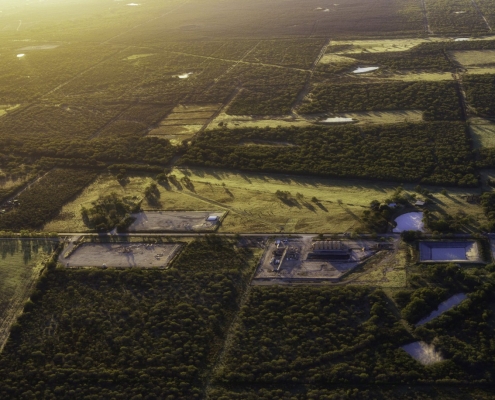
Agriculture and energy are two thirsty sectors in Texas. The latest State Water Plan anticipates welcoming roughly 22 million more residents by 2070. The plan warns that water supplies will fall 1.6 million acre-feet annually in 50 years. In short, there will be many more people and considerably less water in 2070. Photo © J. Carl Ganter / Circle of Blue
Agriculture and energy are two thirsty sectors in Texas. The latest State Water Plan anticipates welcoming roughly 22 million more residents by 2070. The plan warns that water supplies will fall 1.6 million acre-feet annually in 50 years. In short, there will be many more people and considerably less water in 2070. Photo © J. Carl Ganter / Circle of Blue
Texas Cities Lead in Conserving Water
But much of the focus in the three cities rests on conservation and reuse. El Paso Water, which is partially dependent on the uncertain flow of the Rio Grande River for its drinking water, developed a pilot plant to treat sewage with microfiltration, reverse osmosis, ultraviolet light and carbon filtration. The process is capable of quickly putting treated wastewater back into the drinking supply within hours. The city is building a full-scale $78 million treatment plant, the first of its kind in North America, to clean up and supply 10 million gallons a day of drinking water.
El Paso has long experience with state-of-the-art treatment plants capable of meeting that demand. In 2007 it opened the largest inland desalination plant in the world to remove salt and treat brackish groundwater to drinking water standards. The plant produces 27.5 million gallons of water a day.
San Antonio, which supplies 175 million gallons of drinking water a day, is intently interested in interacting with its customers to instill a stronger water conservation ethic in the city. It’s much less expensive than building new treatment plants and water pipelines. The Vista Ridge pipeline adds $12 a month to the average water bill, according to city figures.
The water sensor program that San Antonio introduced in December 2018 has attracted 5,000 users, said Ric Miles, the chief operating officer of Flume, Inc., the manufacturer. The device tracks home water use in real time, and has the capability of sending alerts about potential leaks. Flume is readying newer devices that can distinguish water use for outdoor watering systems or indoor flushing, showering, and laundry. The device will be capable of delivering a pie chart showing how much water is used for specific activities. “The idea is to give people more information,” said Miles. “Being more informed could lead to altered consumption patterns. If you don’t know anything you won’t change anything.
Austin Water focuses on an approach to managing water supply that is holistic and long-term. The idea is to treat all facets of supply, demand, and use as interconnected. A drop of water collected from an air conditioning system can be directed to irrigate the building’s garden or recycled to flush toilets, or treated to drink from a faucet. Water collected from rooftops can be collected and stored in on-site water tanks for almost any use that is recyclable and treatable.
The Texas Living Waters Project, a collaboration between the Sierra Club, the National Wildlife Federation, and the Galveston Bay Foundation calls the approach “One Water.” The result in Austin is a municipal system designed to waste less water, be more resilient to drought, and not anxious to reach outside its geographic water basin for new supplies.
The city is ambitious in pursuit of its One Water goals. Austin, for example, requires developers to engineer their projects to capture stormwater and rainwater for reuse and recycling. It’s encouraging construction of pocket treatment plants that could eventually replace the centralized, energy-intensive water treatment systems that now are dependent on big pipes and pumps.
Decentralized equipment reduces construction and maintenance costs for handling and treating water. It also limits costs for pumping, which typically are a city’s largest electrical expense. Last year El Paso Water, which serves 200,000 less people than Astin, spent $12 million running its water pumps and equipment.
“We have more opportunity now to do things at the building level,” said Kevin Critendon, assistant director of Austin Water, which serves 1 million people in the capital region. “There’s no one silver bullet. To be prepared for an uncertain future we need to develop a number of strategies for supply, and for demand.”
Austin Water has two intrepid innovations to make the point. The city’s six-story, $125 million, 200,000 square-foot Central Library opened in October 2017 to rave reviews for its One Water array of water collection, recycling, and reuse innovations. The library’s design team, brought together from multiple conservation and engineering disciplines, produced a building that collects rooftop rainwater and water dripping from air conditioning systems and directs it to an onsite cistern that holds 373,000 gallons. Water stored there is piped to an onsite pocket treatment plant that recycles it to irrigate the building’s landscaping and gardens, and for flushing toilets and urinals.
The other example is the city’s 260,000 square-foot, $250 million Planning and Development Center, which goes several One Water steps further. The building, scheduled to open this year, is designed with two onsite water recycling systems. The first is a $1.7 million “blackwater reuse” system that collects wastewater from the building’s toilets and sewer drains. It treats the wastewater in a 5,000 gallon per day new technology pocket plant that uses membranes, aeration and a biofilter to replace conventional bacteria-based aerobic wastewater treatment. The treated water will be used in a recycling loop to go back into the building to flush toilets and urinals.
The second system at the Planning Center collects rainwater, stores it in a 40,000 gallon cistern, and uses the recycled water for irrigation at an installation cost of $625,000. The utility said both systems are designed to supply about 42,000 gallons of recycled water daily or 84 percent of the building’s demand.
The city will collect data about its effectiveness. If it works well, Austin Water will promote the installation of similar decentralized systems in buildings and in business districts.
For water consumers in all three cities, innovation provides protection in the event of a severe drought. Just as important, the three cities deliver water at competitive prices. Brett Walton, Circle of Blue’s Seattle-based correspondent, prepares an annual report on the cost of water in 30 U.S. cities, among them Austin and San Antonio. In 2016, Walton prepared a graphic that showed the average monthly bill for the 30 cities. Austin and San Antonio were in the middle of the pack. Water in Austin cost more than in Memphis, a Mississippi River shoreline city, but considerably lower than Las Vegas and other big western cities.
Continue reading the six-part series
Water, Texas
Water, Texas is a six-part series on the consequences of the mismatch between runaway development and tightening constraints on the supply and quality of fresh water in Texas.
Funded by the Cynthia & George Mitchell Foundation.
Photography:
Brian Lehmann
Data Visualizations:
Claire Kurnick
Joe Warbington – Vizlib
Pablo del Cerro – T Maker
Stay informed about global WaterNews and never miss any of Circle of Blue’s award-winning reporting by joining our weekly newsletter.
Have new, international water news delivered to you daily by signing up for Circle of Blue’s The Stream.
Signup for the Federal Water Tap, Brett Walton’s weekly digest of U.S. government water news.
Circle of Blue’s senior editor and chief correspondent based in Traverse City, Michigan. He has reported on the contest for energy, food, and water in the era of climate change from six continents. Contact
Keith Schneider

